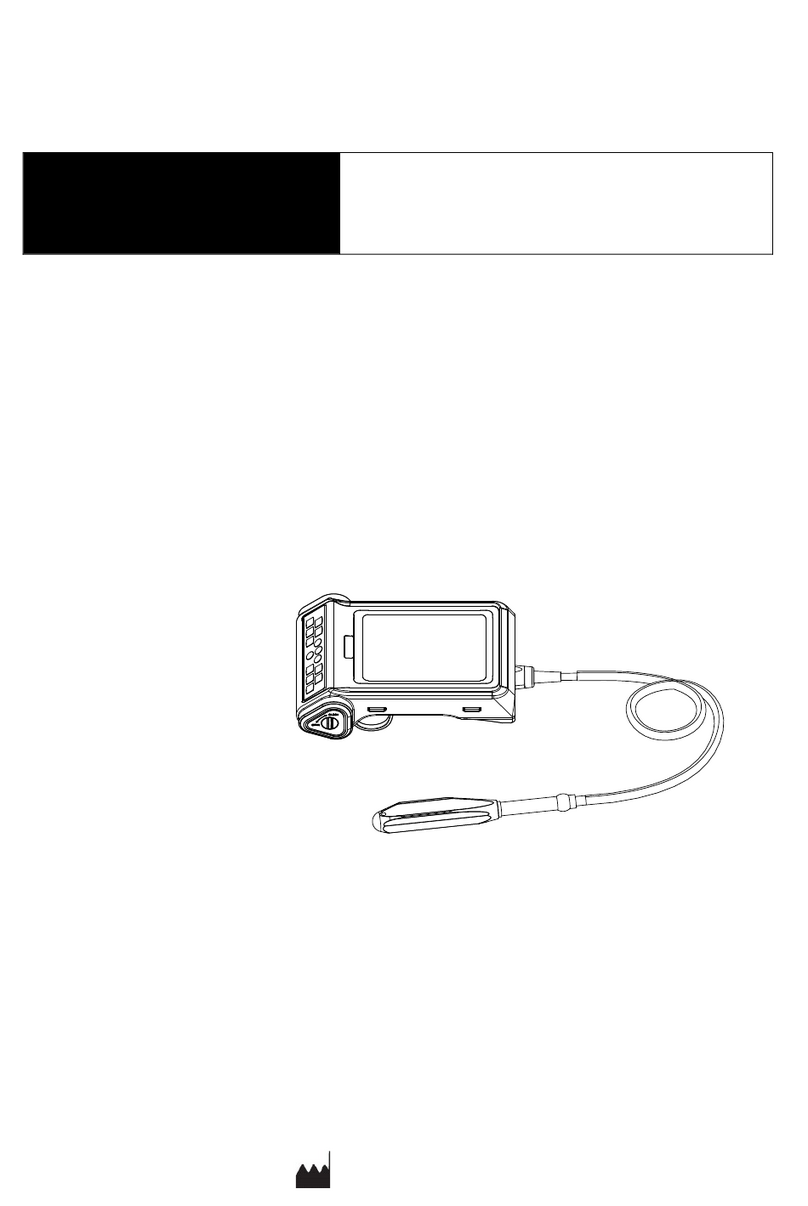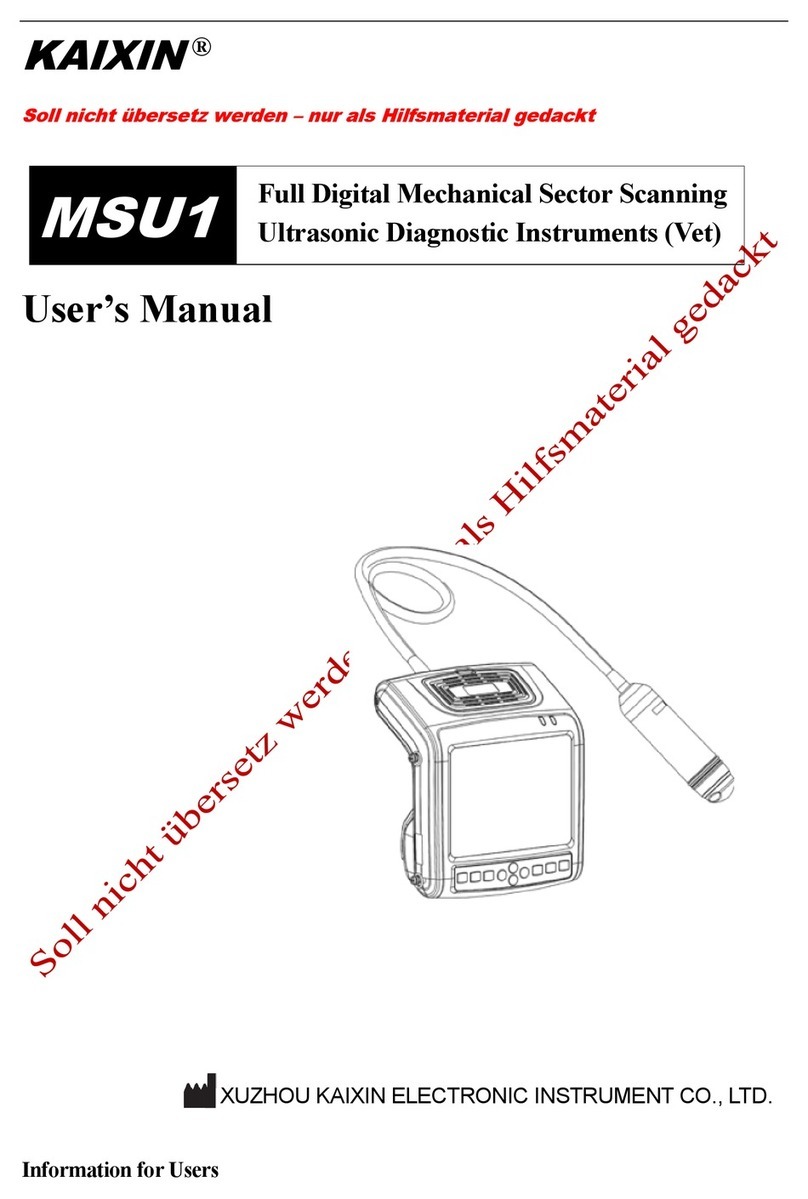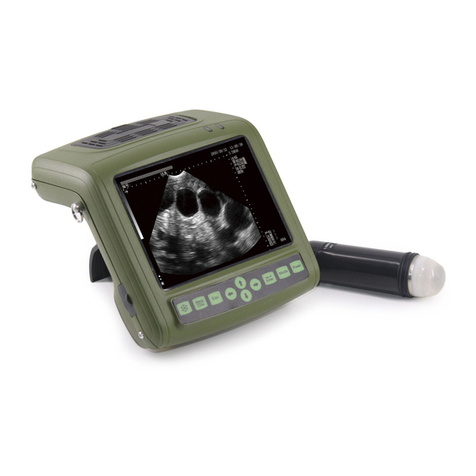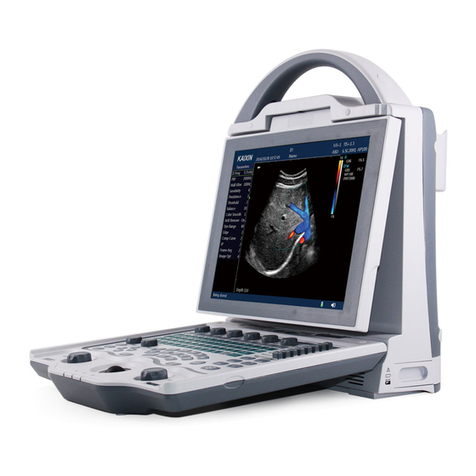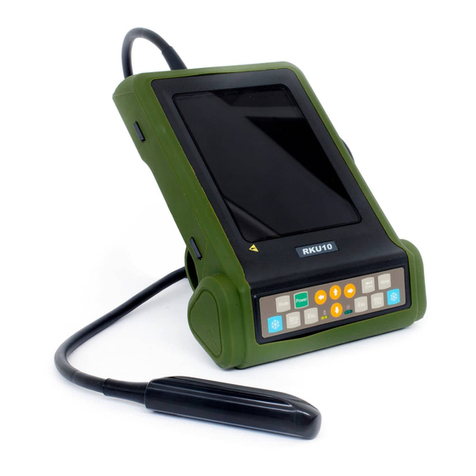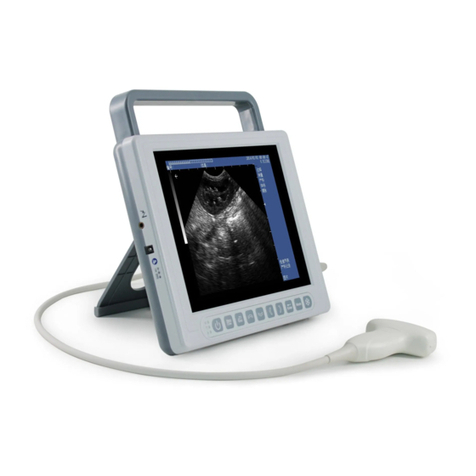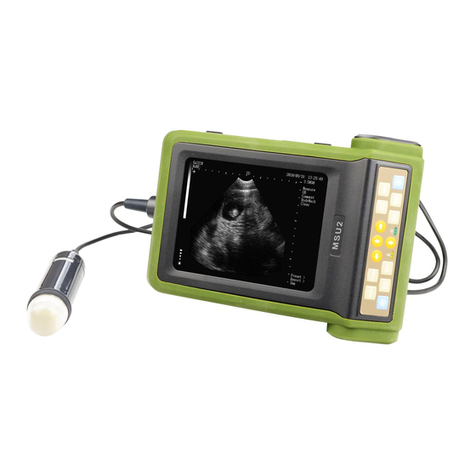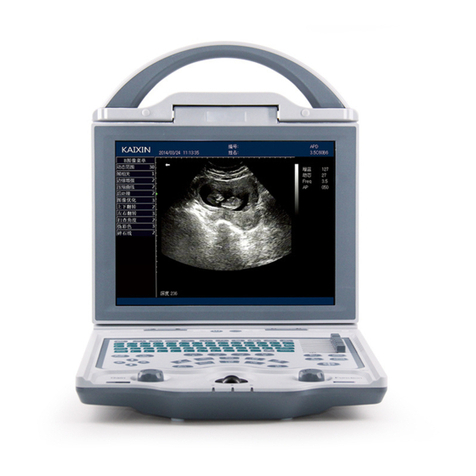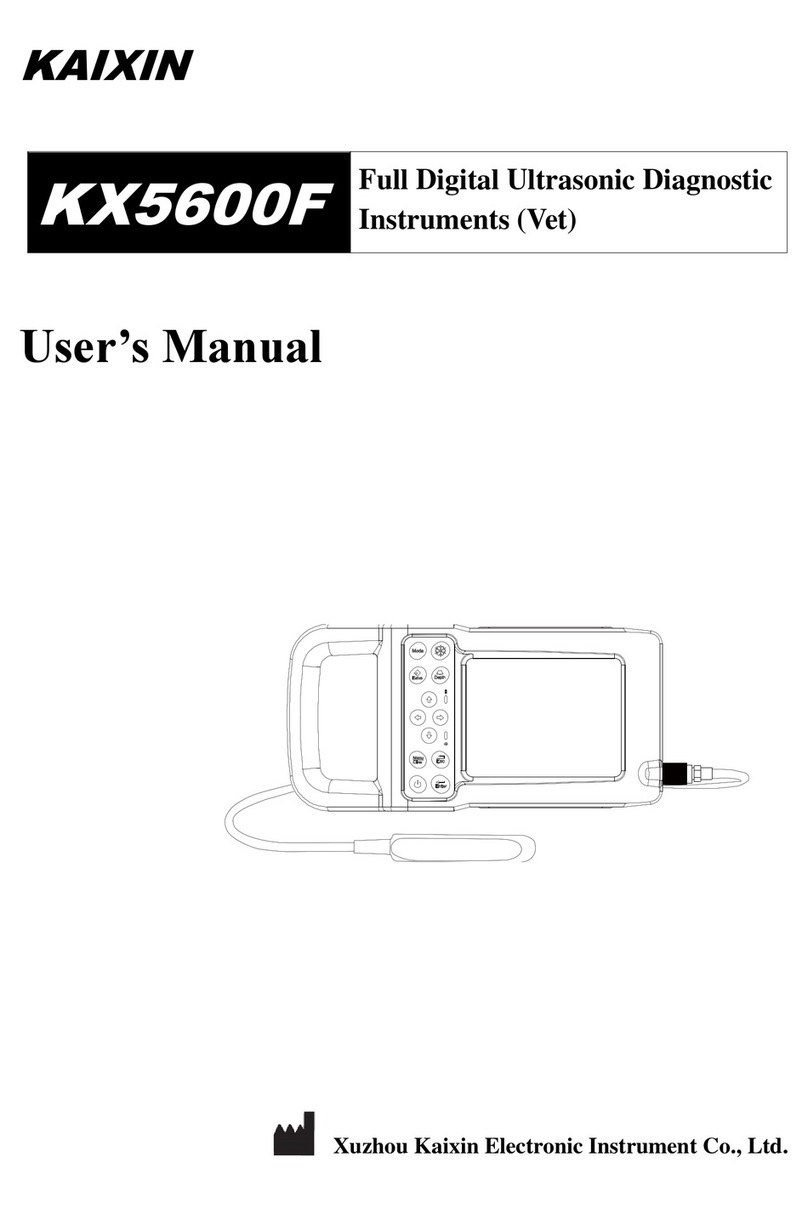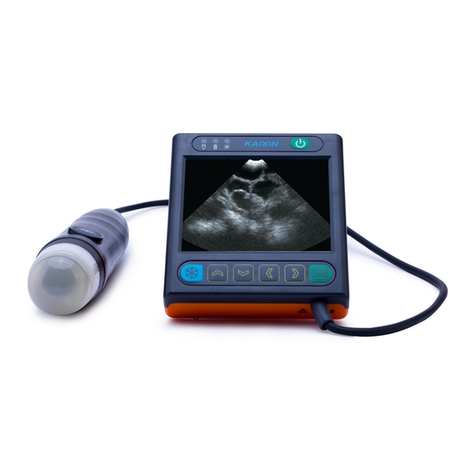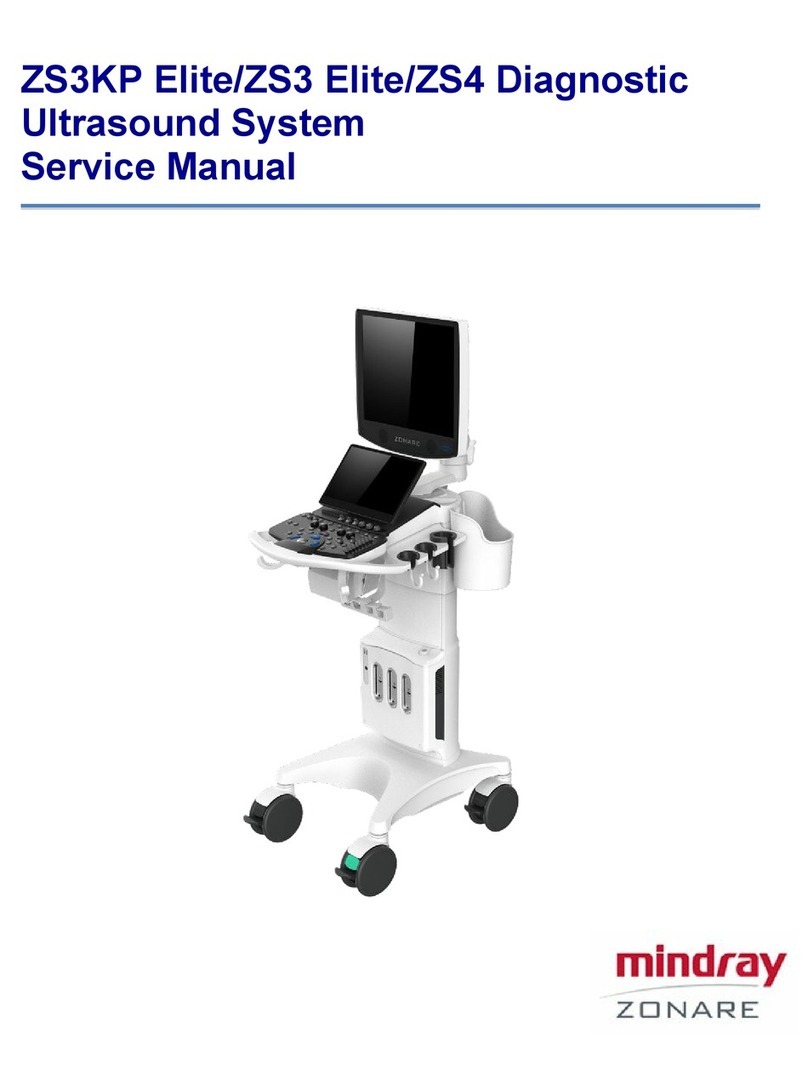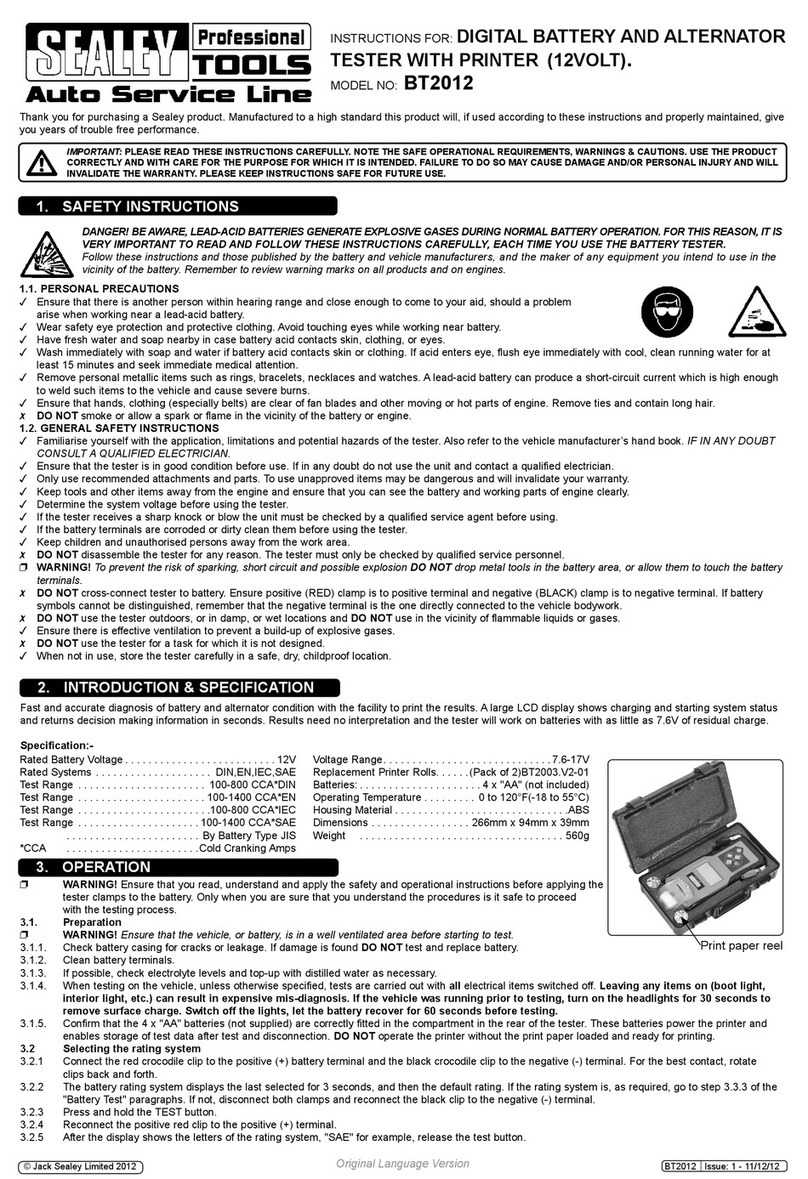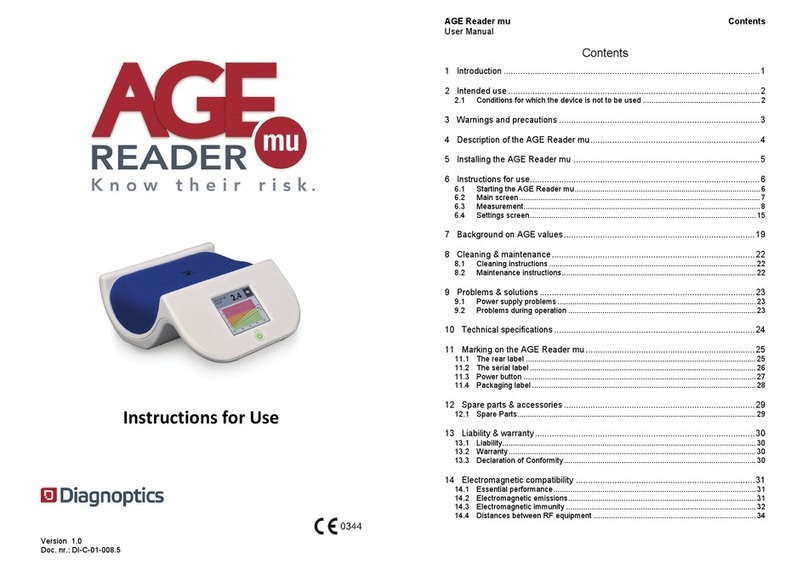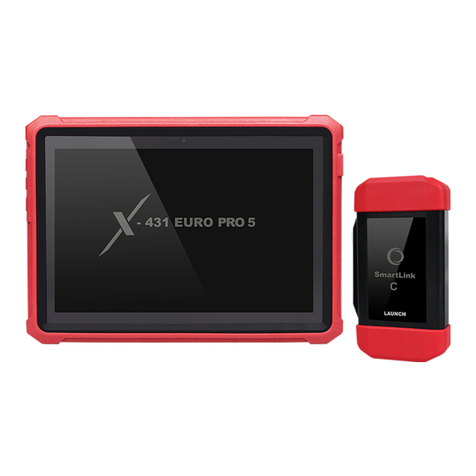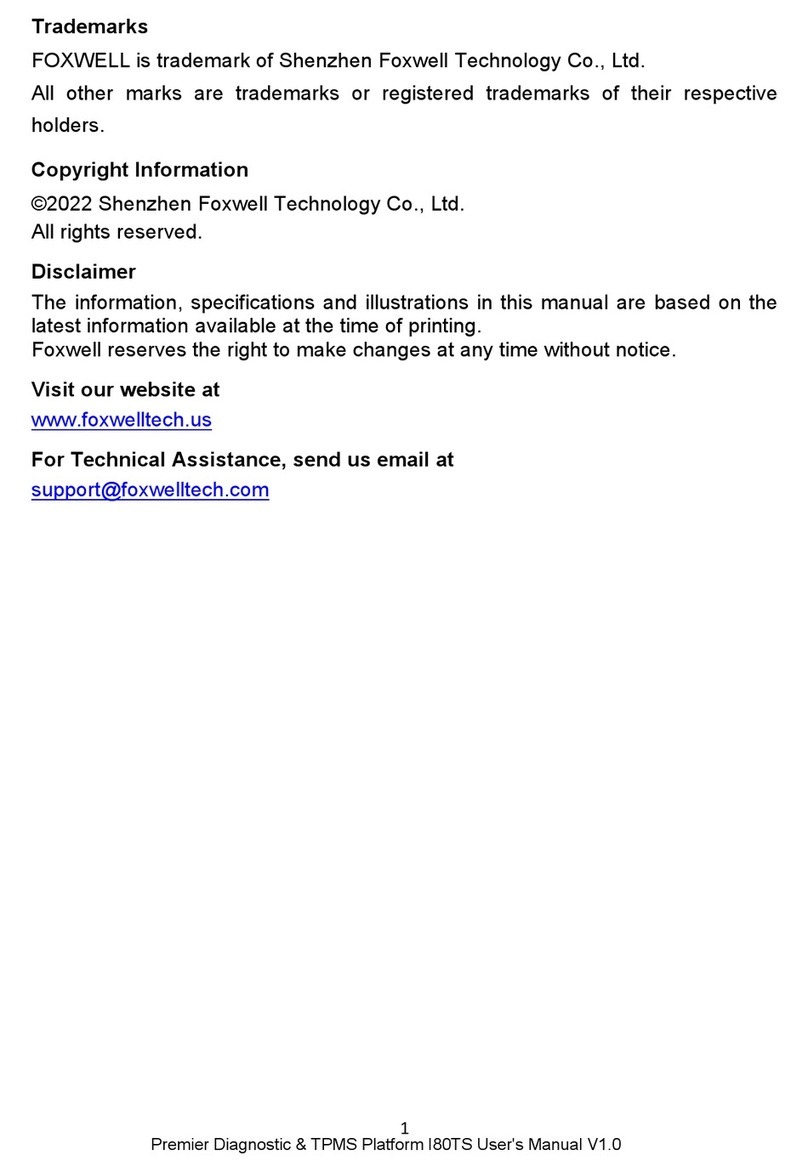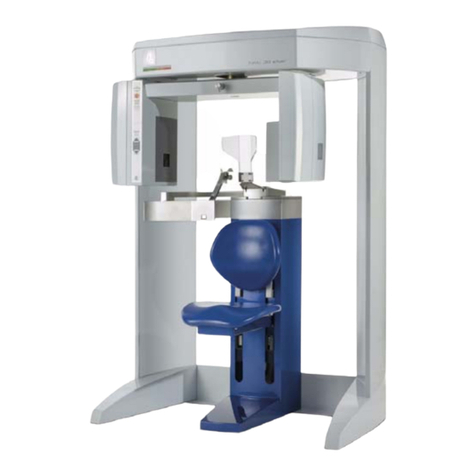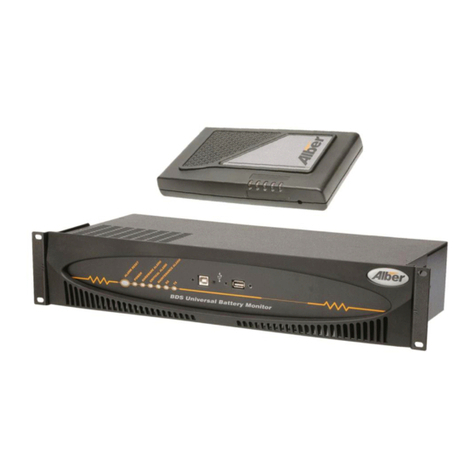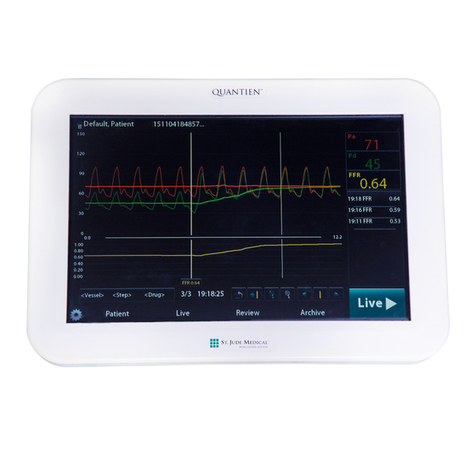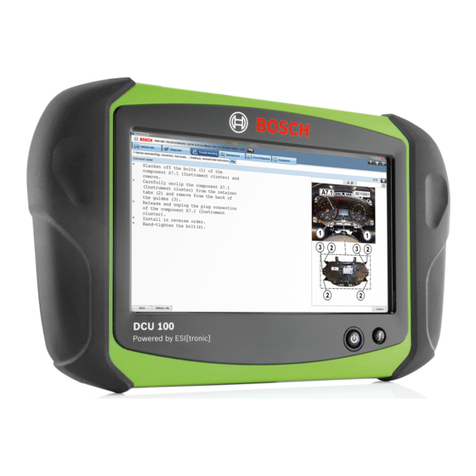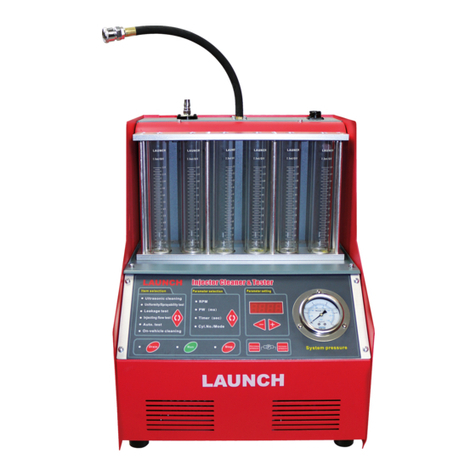
Page 2 of 101
Chapter 1 Safety......................................................................................................................................4
1.1 Safety Instructions ....................................................................................................................4
1.2 Principles of Using Acoustic Power ...........................................................................................6
1.3 Electromagnetic Compatibilities...............................................................................................9
Chapter 2 System Overview..................................................................................................................14
2.1 Intended Use ...........................................................................................................................14
2.2 System Configuration..............................................................................................................14
2.3 Physical Specifications ............................................................................................................15
2.4 Main Unit Overviews...............................................................................................................15
2.5 Peripherals Ports View............................................................................................................17
2.6 Power Supply Port...................................................................................................................17
2.7 Control Panel...........................................................................................................................18
2.8 Main Screen ............................................................................................................................21
2.9 Regular Examination Wor flow ..............................................................................................21
Chapter 3 Preparing an Exam ...............................................................................................................23
3.1 Positioning the system.........................................................................................................23
3.2 Booting the system .................................................................................................................23
3.3 Using the Battery ....................................................................................................................23
3.4 Booting/Standby/Powering off...............................................................................................24
3.5 Connecting the Probe .............................................................................................................25
3.6 Connecting the Peripherals.....................................................................................................26
Chapter 4 Presetting System.................................................................................................................27
4.1 Presetting the System .............................................................................................................27
4.2 Presetting the Probe/Exam.....................................................................................................29
4.3 Presetting the Measurements ................................................................................................30
4.4 Presetting the Annotations.....................................................................................................31
4.5 Presetting DICOM....................................................................................................................33
4.6 Presetting the Data Import/Export .........................................................................................34
4.7 System Information.................................................................................................................34
Chapter 5 Preparing for an Exam..........................................................................................................35
5.1 Registering a Patient ...............................................................................................................35
5.2 Selecting the Probe and Exam Type........................................................................................36
5.3 Ending the Exam .....................................................................................................................36
Chapter 6 Optimizing the Image...........................................................................................................37
6.1 B Mode....................................................................................................................................37
6.2 Color Doppler Flow Imaging (Color) Mode.............................................................................41
6.3 PDI Mode ................................................................................................................................45
6.4 M Mode...................................................................................................................................46
6.5 PW Mode ................................................................................................................................49
Chapter 7 Processing the Images..........................................................................................................54
7.1 Displaying the image...............................................................................................................54
7.2 Magnifying the Image .............................................................................................................55
7.3 Freezing the Image..................................................................................................................56
7.4 Viewing and Cropping the Cine ..............................................................................................56

